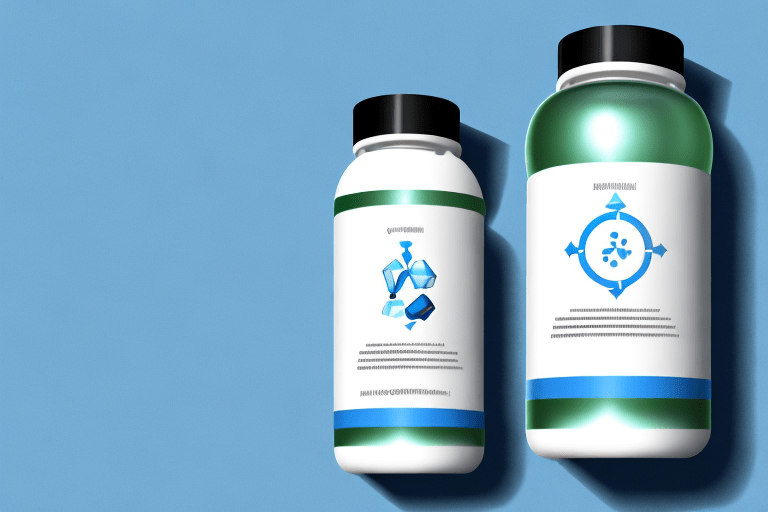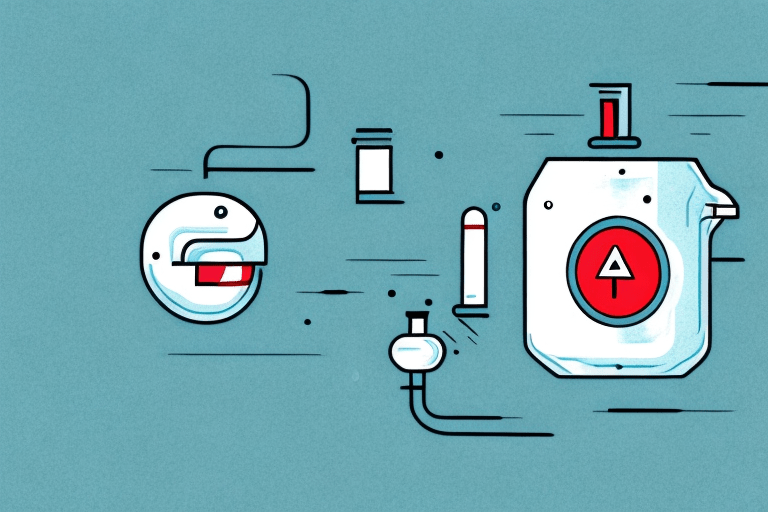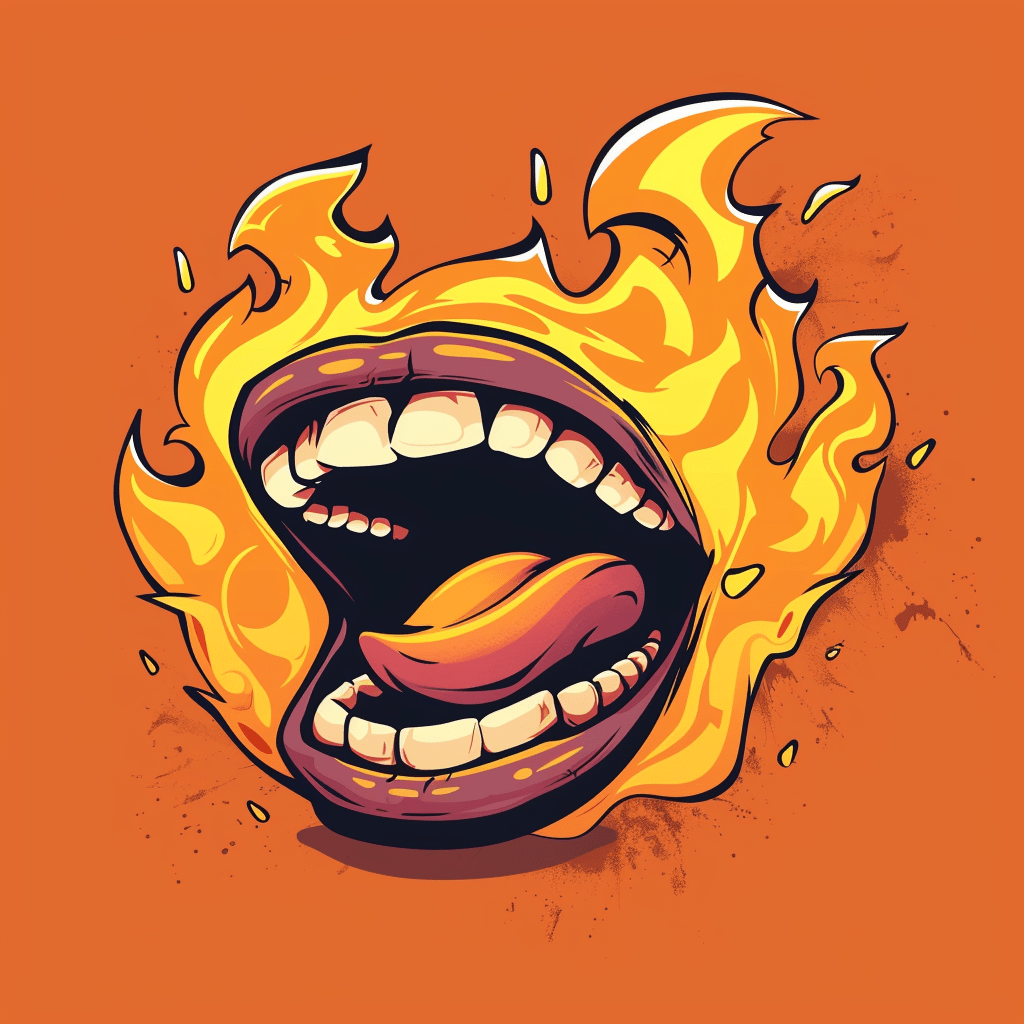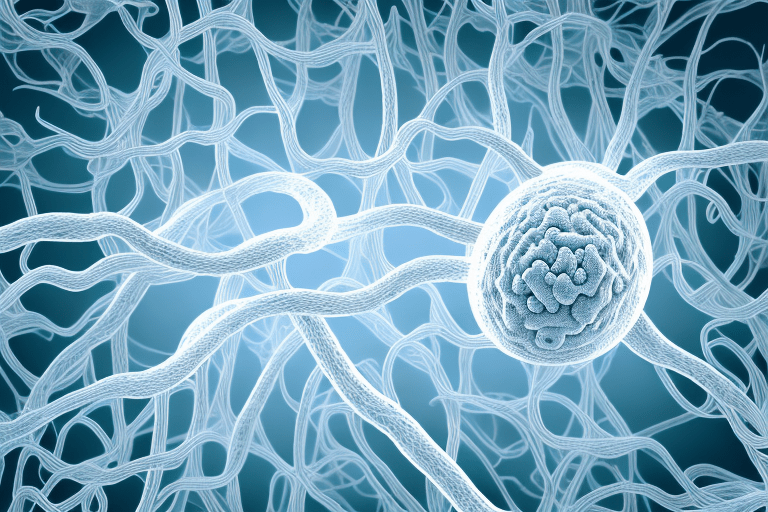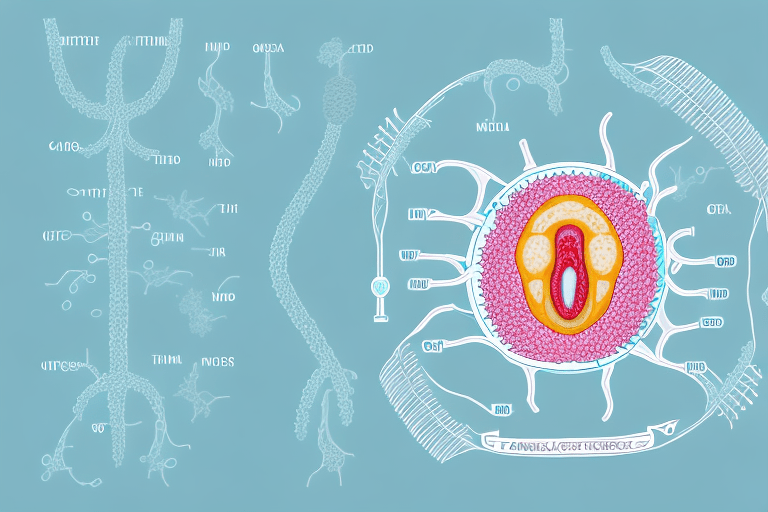In this article, we'll take a look at what heartburn and gallbladder symptoms are and what causes them, as well as how to tell the two apart.
Experiencing sudden discomfort in the abdominal area can be alarming, especially when you're not sure what's causing it. Many people experience heartburn and gallbladder symptoms, and while both conditions have similar symptoms, there are key differences that can help you identify the root cause of your discomfort.
Understanding Heartburn and Gallbladder Symptoms
What is Heartburn?
Heartburn is a common condition that occurs when stomach acid flows back into the esophagus, causing a burning sensation in the chest area. This sensation can be worsened by lying down or bending over, and may also be accompanied by a sour taste in the mouth and difficulty swallowing.
Heartburn is often caused by certain foods, such as spicy or fatty foods, as well as by lifestyle factors like smoking, stress, and obesity. It can also be a symptom of a more serious condition like gastroesophageal reflux disease (GERD).
If you experience heartburn frequently, it is important to talk to your doctor to determine the underlying cause and develop a treatment plan. Treatment options may include lifestyle changes, medications, surgery or natural herbs.
What are Gallbladder Symptoms?
Gallbladder symptoms can vary from person to person, but typically involve pain or discomfort in the upper right abdomen below the ribs, nausea, vomiting, and fever. These symptoms can be caused by issues with the gallbladder, such as gallstones or inflammation.
The gallbladder is a small organ located in the upper right part of the abdomen, and its main function is to store bile produced by the liver. When you eat a meal containing fat, bile is released inside the small intestine to help you break down fat globules from large ones, into smaller ones. When the gallbladder is not functioning properly, it can lead to a variety of symptoms and health issues.
Gallstones are a common cause of gallbladder symptoms, and they occur when bile hardens and forms small stones in the gallbladder. Other causes of gallbladder issues include infections such as H Pylori, tumors, and certain medications.
If you are experiencing gallbladder symptoms, it is important to see your doctor for an accurate diagnosis. Treatment options may include medications, dietary changes, supplements to kill H pylori like PyloPurge, and in more extreme cases, surgery to remove the gallbladder.
Overall, it is important to pay attention to your body and any symptoms you may be experiencing. Seeking medical attention early on can help prevent more serious health issues down the road.
Causes of Heartburn and Gallbladder Issues
Heartburn and gallbladder problems are both common conditions that can cause discomfort and pain in the upper abdomen. While they have different causes and symptoms, there are some factors that can contribute to both conditions. Here are some common causes of heartburn and gallbladder issues:
Common Causes of Heartburn
Heartburn, also known as acid reflux, occurs when stomach acid flows back up into the esophagus. This can cause a burning sensation in the chest and throat, as well as other symptoms like regurgitation, bloating, and nausea. Here are some potential causes of heartburn:
- Diet: Eating spicy, fatty, or acidic foods can irritate the lining of the esophagus and trigger heartburn symptoms.
- Posture: Lying down or bending over after eating can allow stomach acid to flow back up into the esophagus.
- Weight: Being overweight or obese can put pressure on the stomach and increase the risk of acid reflux.
- Smoking: Smoking can weaken the lower esophageal sphincter (LES), which is the muscle that controls the flow of food and acid from the stomach to the esophagus.
- Medications: Certain medications, such as aspirin, ibuprofen, and blood pressure drugs, can contribute to heartburn symptoms.
Common Causes of Gallbladder Problems
The gallbladder is a small organ located under the liver that stores bile, a digestive fluid that helps break down fats. Gallbladder problems can occur when there is a blockage in the gallbladder duct, which can be caused by the following factors:
- Gallstones: Gallstones are small, hard deposits that form in the gallbladder. They can block the flow of bile and cause inflammation and pain.
- Inflammation: Inflammation of the gallbladder, known as cholecystitis, can occur when bile becomes trapped and builds up in the gallbladder.
- Bile duct blockage: A blockage in the bile duct, which carries bile from the liver to the small intestine, can cause bile to back up in the gallbladder and lead to pain and discomfort.
- Medical conditions: Certain medical conditions, such as liver disease and pancreatitis, can increase the risk of gallbladder problems.
- Diet: Eating a high-fat or high-cholesterol diet can increase the risk of gallstones and other gallbladder issues.
If you are experiencing symptoms of heartburn or gallbladder problems, it is important to talk to your healthcare provider to determine the underlying cause and develop an appropriate treatment plan.
Symptoms Comparison: Heartburn vs. Gallbladder
Similarities in Symptoms
Heartburn and gallbladder symptoms can be quite similar, with both conditions causing abdominal discomfort and nausea. In some cases, heartburn may cause upper abdominal pain that is similar to gallbladder pain.
It is important to note that both heartburn and gallbladder symptoms can be triggered by certain foods. Spicy or fatty foods, for example, can cause heartburn or gallbladder pain in some individuals. However, it is also possible to experience symptoms without any apparent trigger.
Key Differences in Symptoms
The key difference between heartburn and gallbladder symptoms is their location. Heartburn tends to be felt in the chest area, while gallbladder pain is typically felt in the upper right abdomen. Additionally, heartburn symptoms may be worsened by lying down or bending over, while gallbladder pain may be alleviated by changing position.
Another difference between the two conditions is the duration of symptoms. Heartburn symptoms typically last for a few hours after eating, while gallbladder pain may last for several hours or even days. In some cases, gallbladder pain may also be accompanied by fever or jaundice.
It is also worth noting that heartburn is a symptom of acid reflux, which occurs when stomach acid flows back into the esophagus. Gallbladder pain, on the other hand, is typically caused by gallstones or inflammation of the gallbladder.
If you are experiencing symptoms of heartburn or gallbladder pain, it is important to speak with your healthcare provider. They can help you determine the cause of your symptoms and recommend appropriate treatment options.
Risk Factors and Complications
Risk Factors for Heartburn
Heartburn is a common condition that affects millions of people every year. While heartburn can occur in anyone, certain risk factors can increase the likelihood of developing the condition. People who are overweight or obese are more likely to experience heartburn symptoms, as excess weight can put pressure on the stomach and cause acid reflux. Smoking can also increase the risk of heartburn, as can consuming a diet high in spicy or acidic foods. Certain medications, such as aspirin and ibuprofen, can contribute to heartburn symptoms, as can pregnancy and stress.
It is important to note that not everyone who experiences these risk factors will develop heartburn, and some people may experience heartburn even without any of these risk factors present.
Risk Factors for Gallbladder Issues
The gallbladder is a small organ located beneath the liver that plays a crucial role in the digestion of fats. Like heartburn, certain risk factors can increase the likelihood of developing gallbladder issues. Women are more likely than men to experience gallbladder issues, and people over the age of 60 are also at increased risk. Additionally, a diet high in cholesterol or low in fiber may lead to the development of gallstones and other gallbladder problems.
Like heartburn, not everyone who experiences these risk factors will develop gallbladder issues. However, it is important to be aware of these risk factors and take steps to reduce the likelihood of developing gallbladder problems.
Potential Complications of Untreated Symptoms
While heartburn and gallbladder issues may seem like minor inconveniences, they can lead to serious complications if left untreated. If heartburn is left untreated, it can lead to complications such as esophageal damage or ulcers. Over time, the constant exposure to stomach acid can cause the lining of the esophagus to become inflamed and damaged, leading to pain and discomfort. In severe cases, untreated heartburn can even increase the risk of developing esophageal cancer.
Gallbladder issues can also lead to complications, including infection or inflammation of the gallbladder. If left untreated, gallstones can cause blockages in the bile ducts, leading to pain and discomfort. In severe cases, untreated gallbladder issues can even lead to the development of pancreatitis, a potentially life-threatening condition.
It is important to seek medical attention if you are experiencing symptoms of heartburn or gallbladder issues. Your doctor can help you determine the underlying cause of your symptoms and recommend appropriate treatment options.
Diagnostic Tests and Procedures
Diagnosing Heartburn
Diagnosis of heartburn typically involves a physical examination and discussion of symptoms with a healthcare provider. In some cases, additional tests such as an upper endoscopy or pH monitoring may be used to confirm the diagnosis.
Diagnosing Gallbladder Problems
The diagnosis of gallbladder issues typically involves imaging tests such as an ultrasound or CT scan. Blood tests may also be used to check for signs of infection or inflammation.
By understanding the similarities and differences between heartburn and gallbladder symptoms, you can more easily identify the root cause of your discomfort. If you experience persistent or severe symptoms, be sure to speak with a healthcare provider to determine the best course of treatment.



